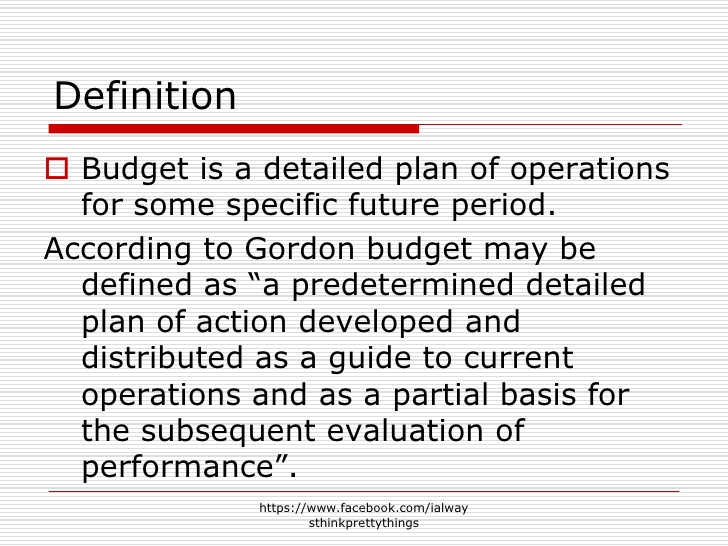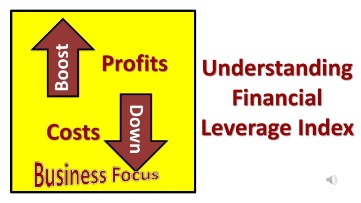
This guide delves into the nuances of the New Zealand GST framework, providing you with the knowledge needed to successfully navigate this aspect of doing business in New Zealand. Just follow our instructions on how to register for GST in New Zealand. Whichever business task you’re tackling, we’ve got something to help — online tools, templates, quizzes and more. If you need more help or have questions about the information or services on this page, contact the following agency. The IVL is said to be “a way for travellers to contribute directly to the tourism infrastructure they use and to help protect and enhance the natural environment”. To add GST to an amount you would times the GST exclusive amount by 1.15.
- Once a business has received its GST number, it is able to start charging tax on its invoices.
- There are two ways of paying for the NZeTA and IVL, either through an Immigration New Zealand app or their website.
- From 1 December 2019 you will need to pay GST on goods valued at or below NZ$1,000 you buy from an overseas supplier.
- New Zealand imposes an obligation to deduct NRCT on those making contract payments to non-residents in relation to certain contract activities undertaken in New Zealand.
- If you use the ratio option to calculate your provisional tax, you can only file in myIR or by paper.
New Zealand tax point
This guide includes everything you need to know about digital tax laws in New Zealand, whether your customers live in Auckland or Otago. In providing taxable supplies, and once GST registered, businesses are obliged to follow various compliance rules, including record keeping. No one wants to hear about the extra fees or taxes they might have to pay anywhere in the world. Unfortunately for tourists, there are quite a few taxes to juggle for visiting New Zealand. As many taxes are included in the price, however, you’ll hardly notice that you’re paying the extra percentage. Additionally, there are a couple of visitor taxes for New Zealand, such as the NZETA and IVL, that you will have to pay an upfront cost for.

Cruise Arrival and Departure Tax
Under the GST invoice basis, you need to return the GST on sales before you receive the receipts from your customer or client. It’s added to the price you paid for the goods plus shipping costs, and you may have to pay it before customs will release the shipment. You can generally claim the cost back operating income definition when submitting a GST return. If you think the nature of your goods or services means they can be sold without charging GST, it’s important to get professional advice to make sure. In the meantime, here‘s a brief summary of the main reasons GST may not be included in certain goods or services.
Fill out the return details
The buyer will handle tax, via New Zealand’s reverse-charge mechanism. No, you don’t need a representative to handle your taxes in New Zealand. Some tentative foreign business owners may hire a tax representative for peace of mind. Taxes can be an intimidating and confusing topic, especially in a foreign language! And you may have to pay GST on any payments you collect, even if you haven’t charged it. Once registered, you can manage and pay GST online using myGST, a new section of Inland Revenue’s myIR service.
Customs duties
Access Xero features for 30 days, then decide which plan best suits your business.

Excise duty
Make sure we have your correct contact details, bank account and income information. Find out more about low value imported goods or what to do if you get charged GST twice. From 1 December 2019 you will need to https://www.personal-accounting.org/internal-controls-accounting-audits-consulting/ pay GST on goods valued at or below NZ$1,000 you buy from an overseas supplier. Expanding your business to New Zealand requires an understanding of its VAT system, known locally as Goods and Services Tax (GST).
We go through it all in this New Zealand tax guide for travellers. On 1 October 2016, the taxation of digital (‘remote’) services supplied by offshore companies (non-New Zealand) to consumers based in New Zealand changed. When you’re registered for GST, you can claim back the GST you paid on business-related expenses.
In New Zealand, foreign businesses are expected to file tax returns every quarter. If you don’t think you’ll turn over that much, it’s up to you whether or not to register. One benefit of voluntary registration is you might be able to claim a GST refund, eg if you have a lot of expenses but not much income. GST-registered businesses don’t have to pay GST on services or subscriptions from overseas suppliers. If you have paid out more GST than you’ve collected, you may receive a refund. Once GST registered, businesses will receive a unique GST number, to be added to all tax invoices.
GST is not included in an unconditional gift, which means a voluntary payment that’s made to a non-profit organisation and has no goods or services benefit to the giver or payer. Zero-rated supplies are goods or services that would normally have to include GST, but in certain circumstances the rate is 0% rather than the usual 15%. When filing your GST return, you work out the difference between the amount of GST you collected and paid. Employers’ contributions to an approved superannuation fund (excluding foreign schemes) are subject to ESCT.
The filing frequency affects how often you must pay or receive GST, as well as how much paperwork you must do. Once a business has received its GST number, it is able to start charging tax on its invoices. It is obliged to comply with the New Zealand GST compliance rules and file regular returns.
If you’ve been filing nil for a while, check whether you need to cancel your GST registration. The reverse charge mechanism is applicable in New Zealand for imported services and certain other situations. This mechanism requires the recipient of the service to account for New Zealand GST, rather than the supplier. New Zealand’s GST system is straightforward, with a standard New Zealand GST rate of 15% for almost all goods and services, a reduced rate of 9%, and a 0% GST rate. Whether you’re growing fast or new to business, expert advice can kick-start your planning. Prices shown in shops and online include GST unless they say otherwise — the GST part of what you’ve paid is printed on your receipts.
There are specific rules around digital products, which you must follow closely to stay tax compliant. Visa-waiver countries for New Zealand are listed in What You Need to Know About the New Zealand ETA & Visitor Levy. A limited number of duty-free stores outside of the airports do this, which we outline in our complete guide to Duty-Free Shopping in New Zealand.
For employees who received attributed fringe benefits in any quarter during the year, the employer must calculate the employee’s fringe benefit inclusive of cash remuneration. Non-resident businesses providing taxable supplies in New Zealand https://www.accountingcoaching.online/ must register if they pass the annual registration threshold. This is currently NZD 60,000 and applies both retrospectively over the past calendar year, or if a business anticipates exceeding this in the forthcoming 12 months.








